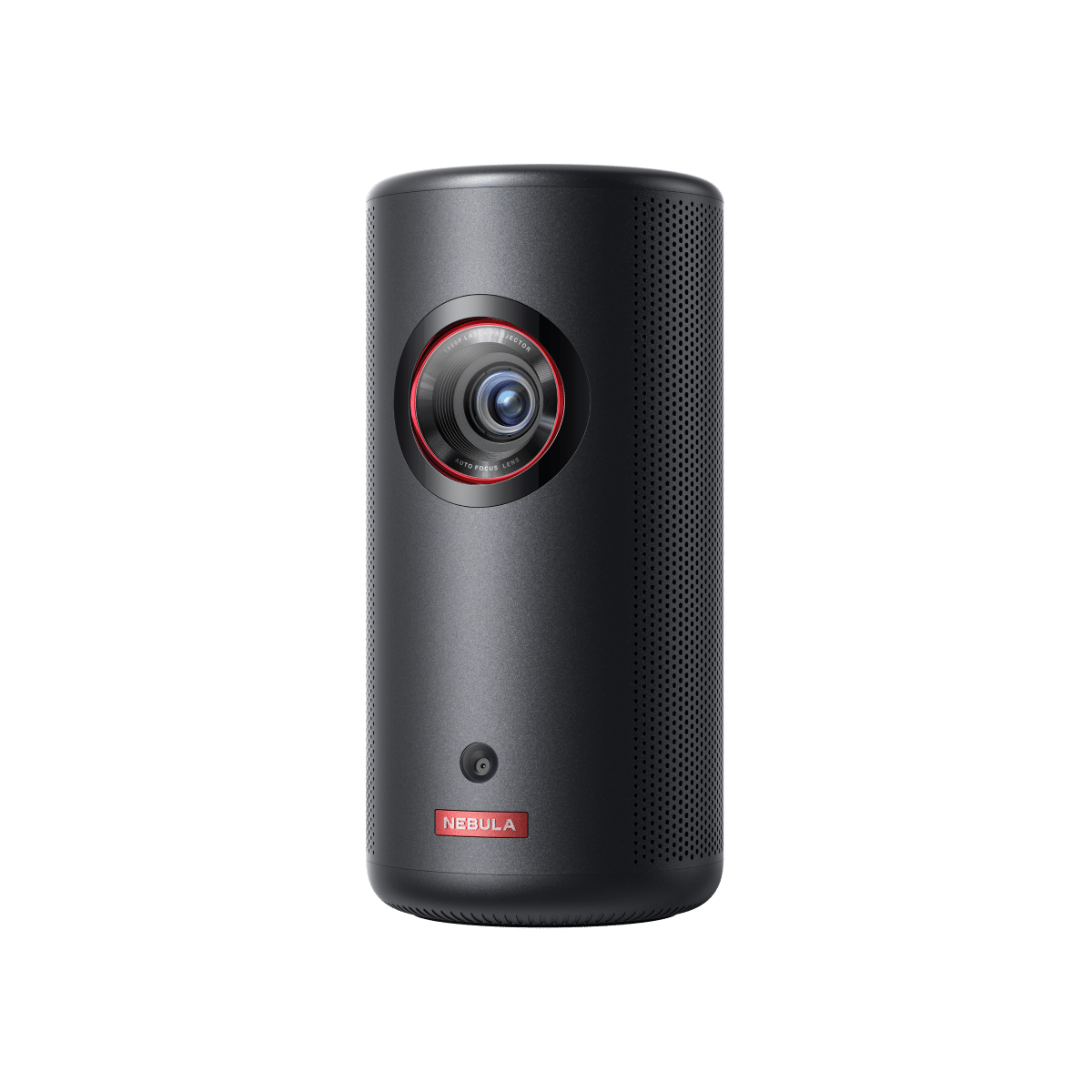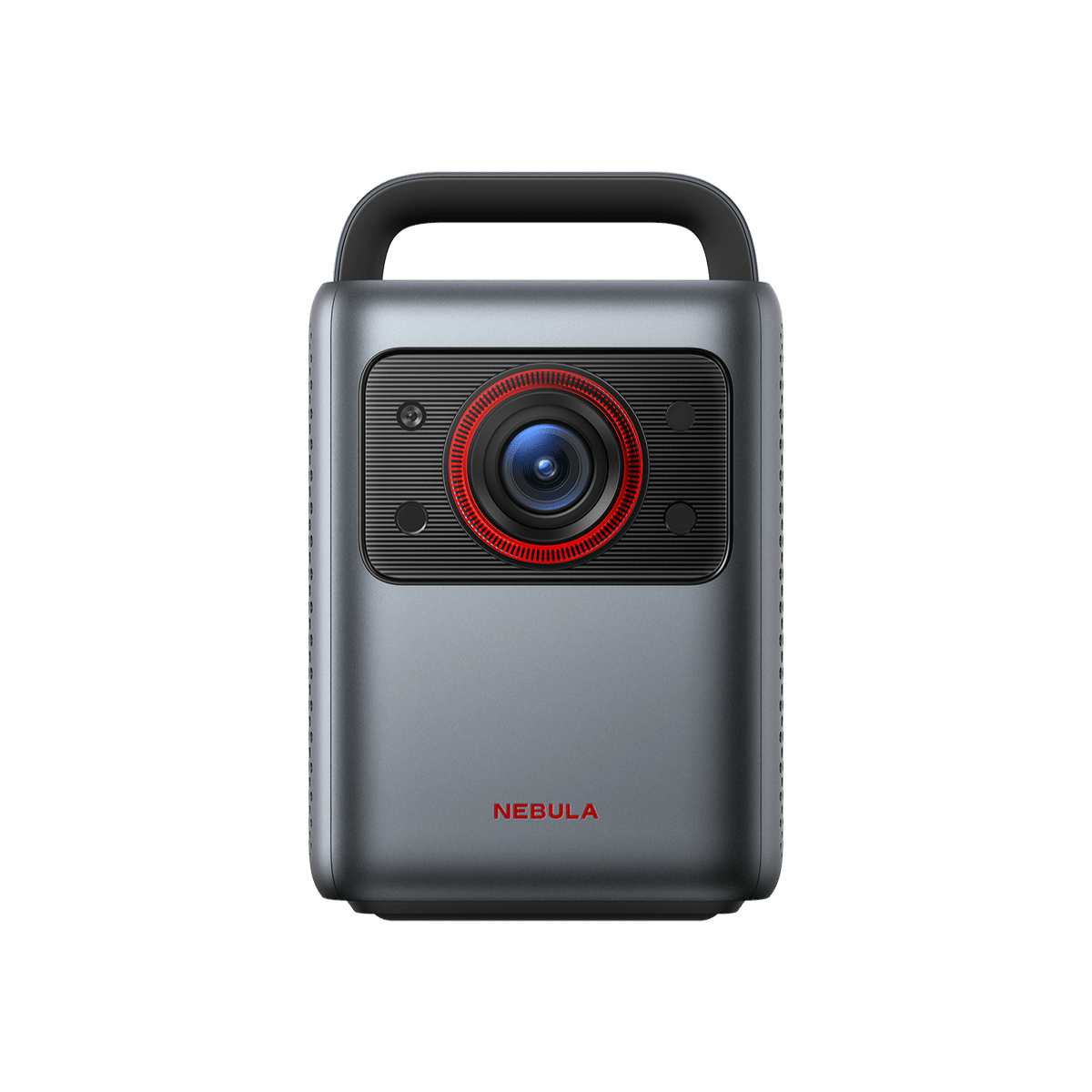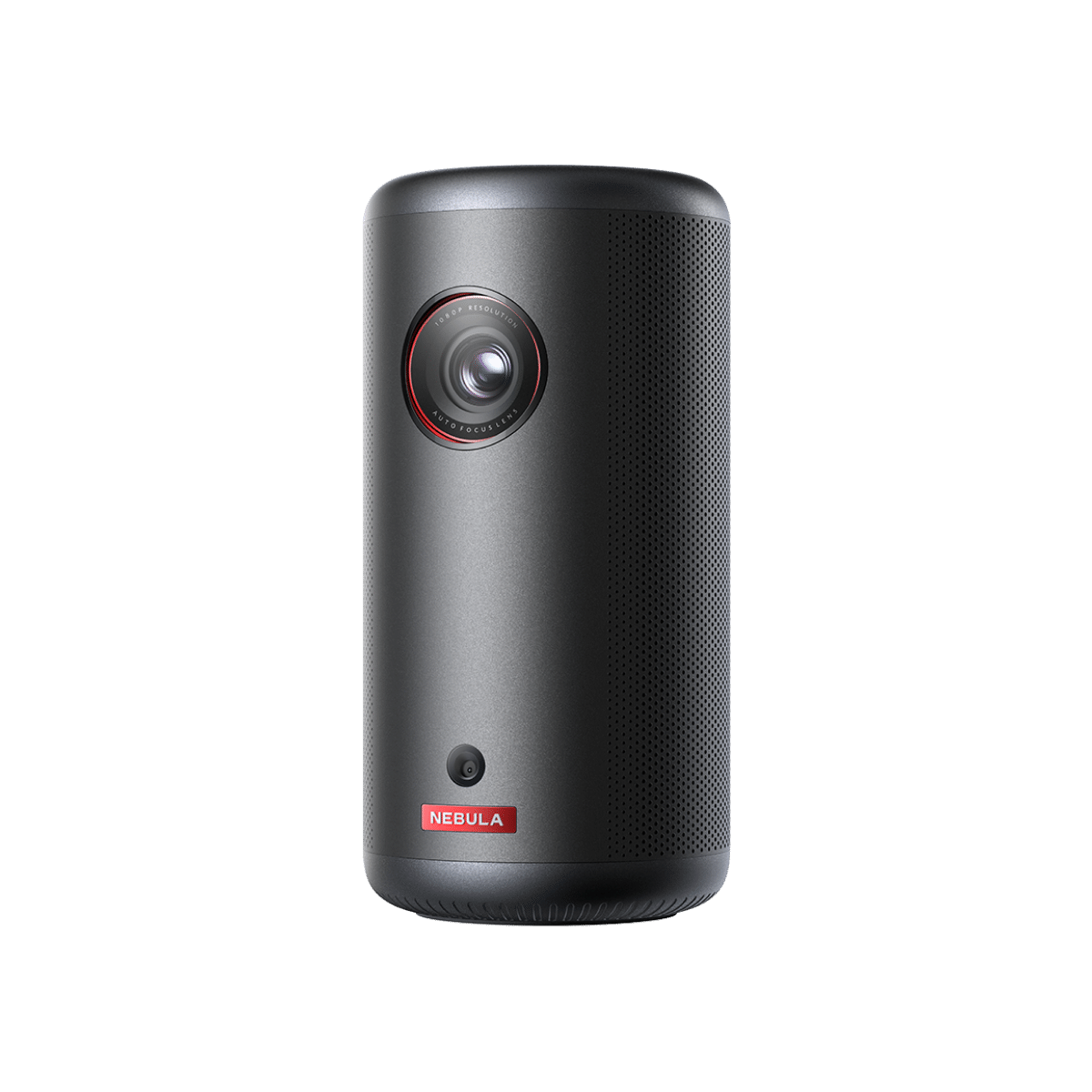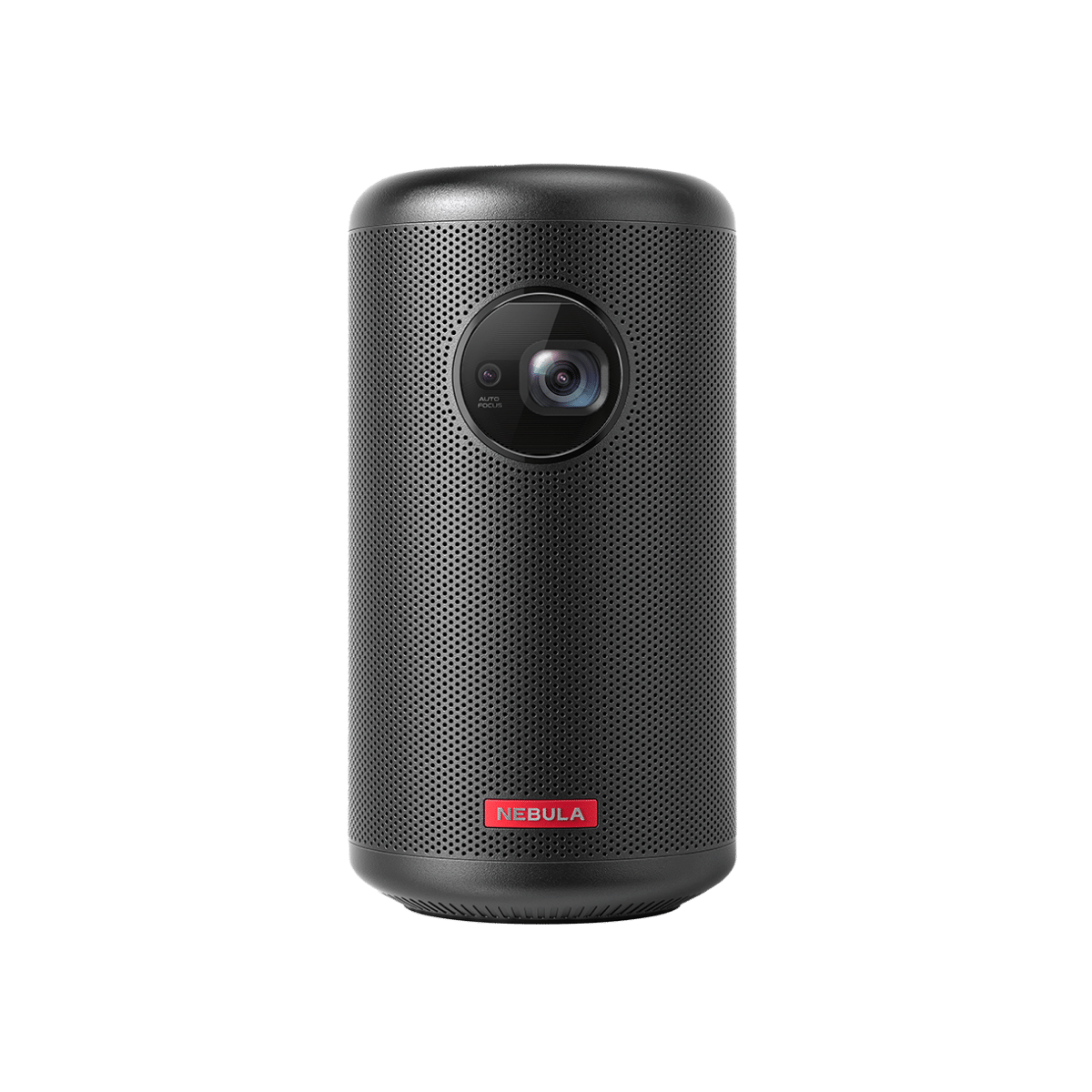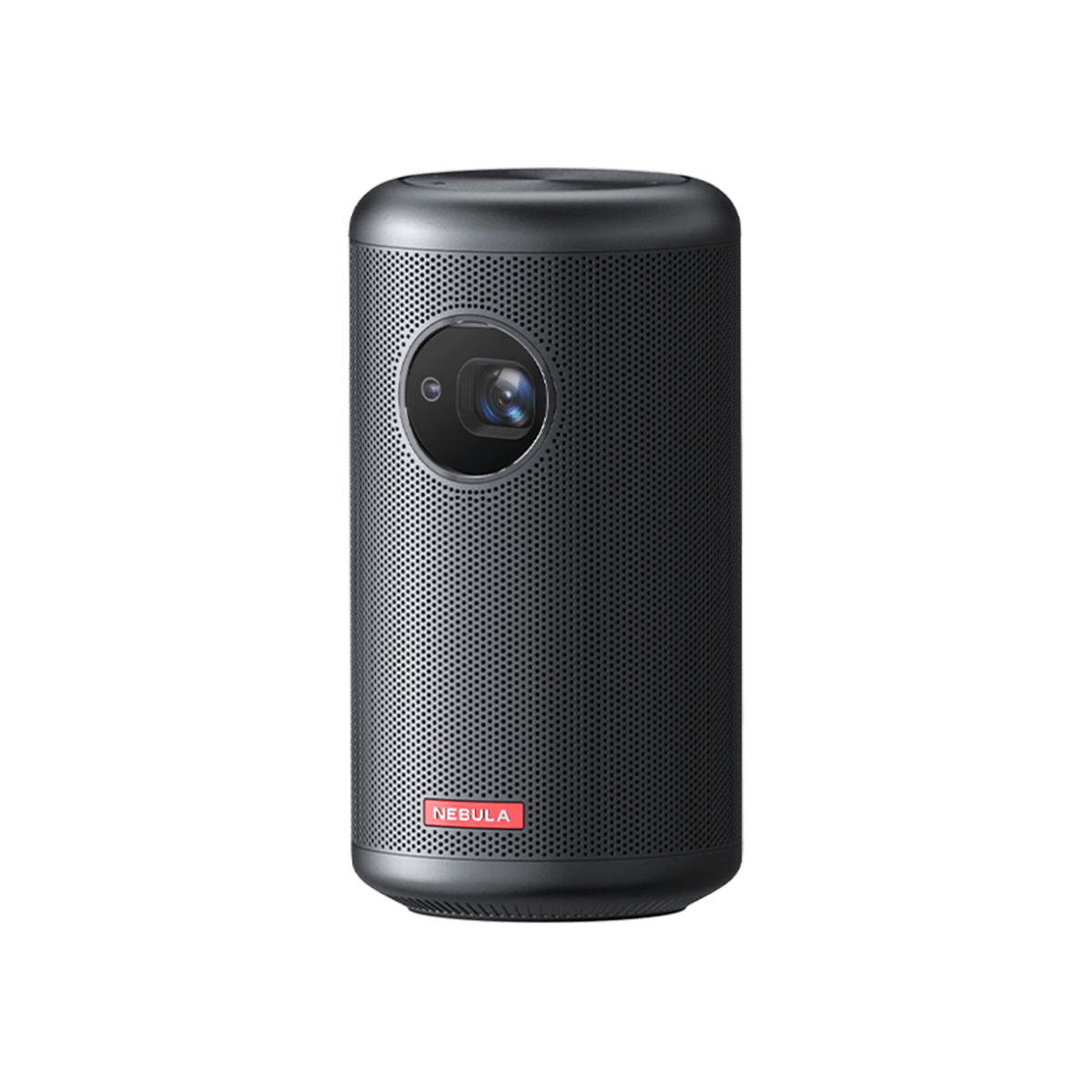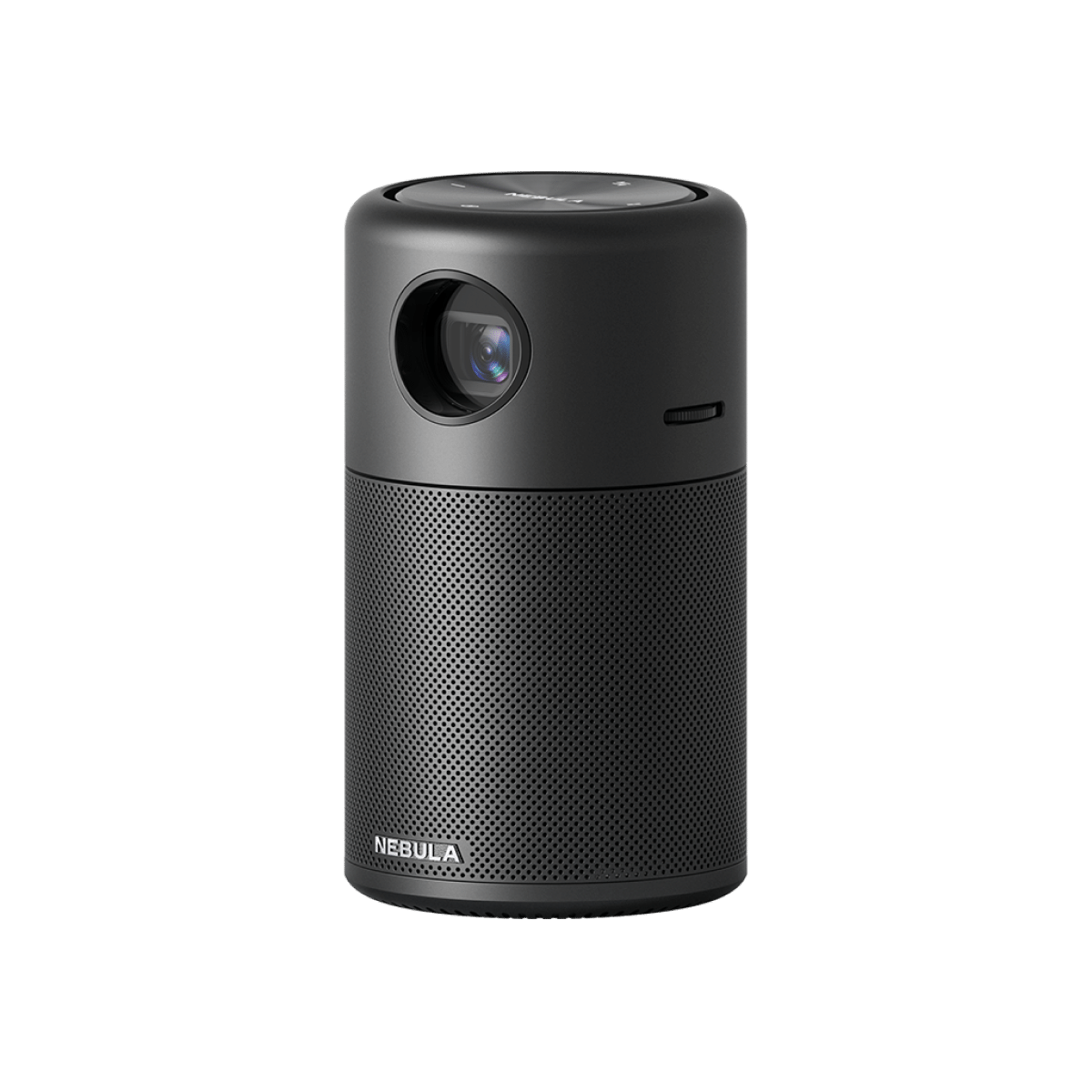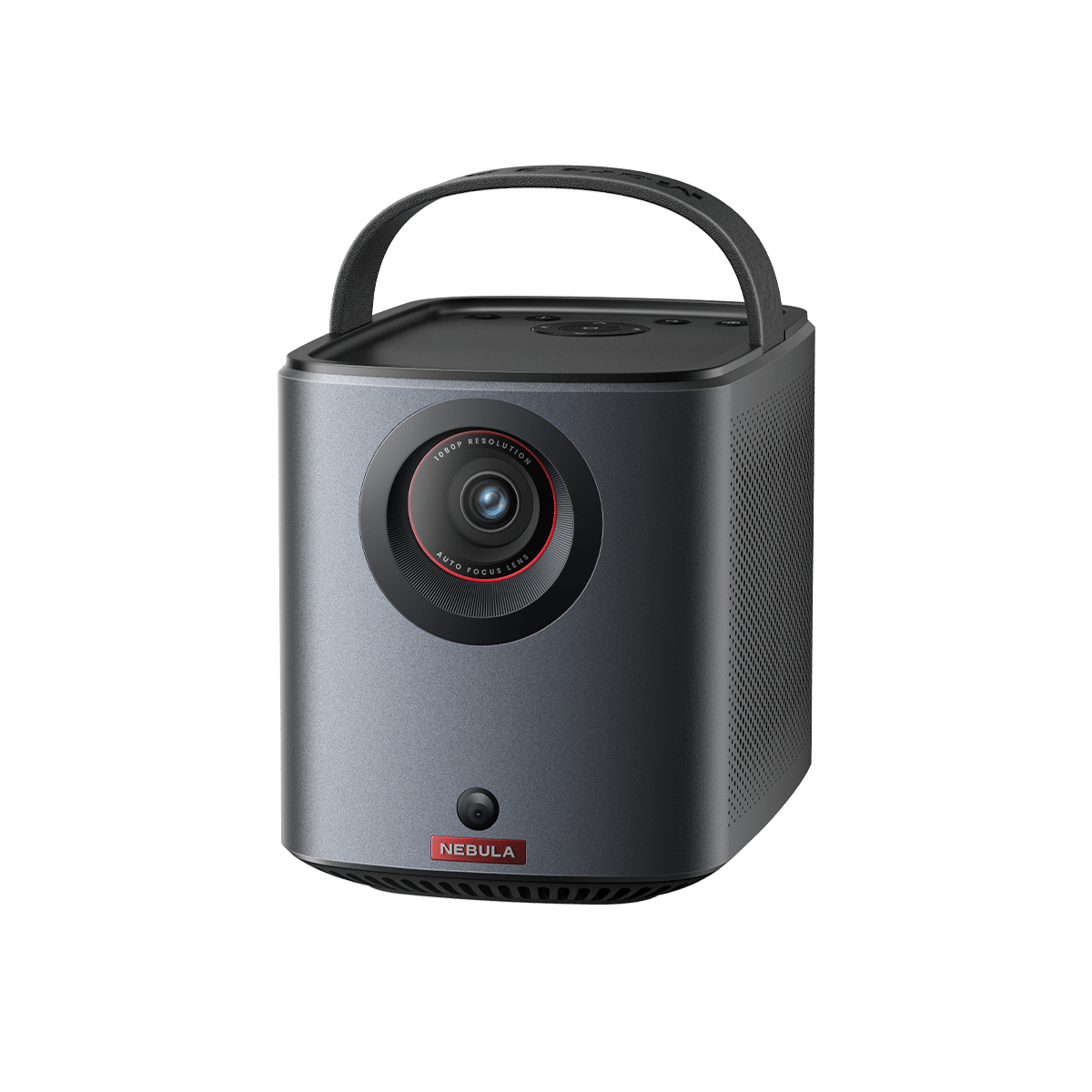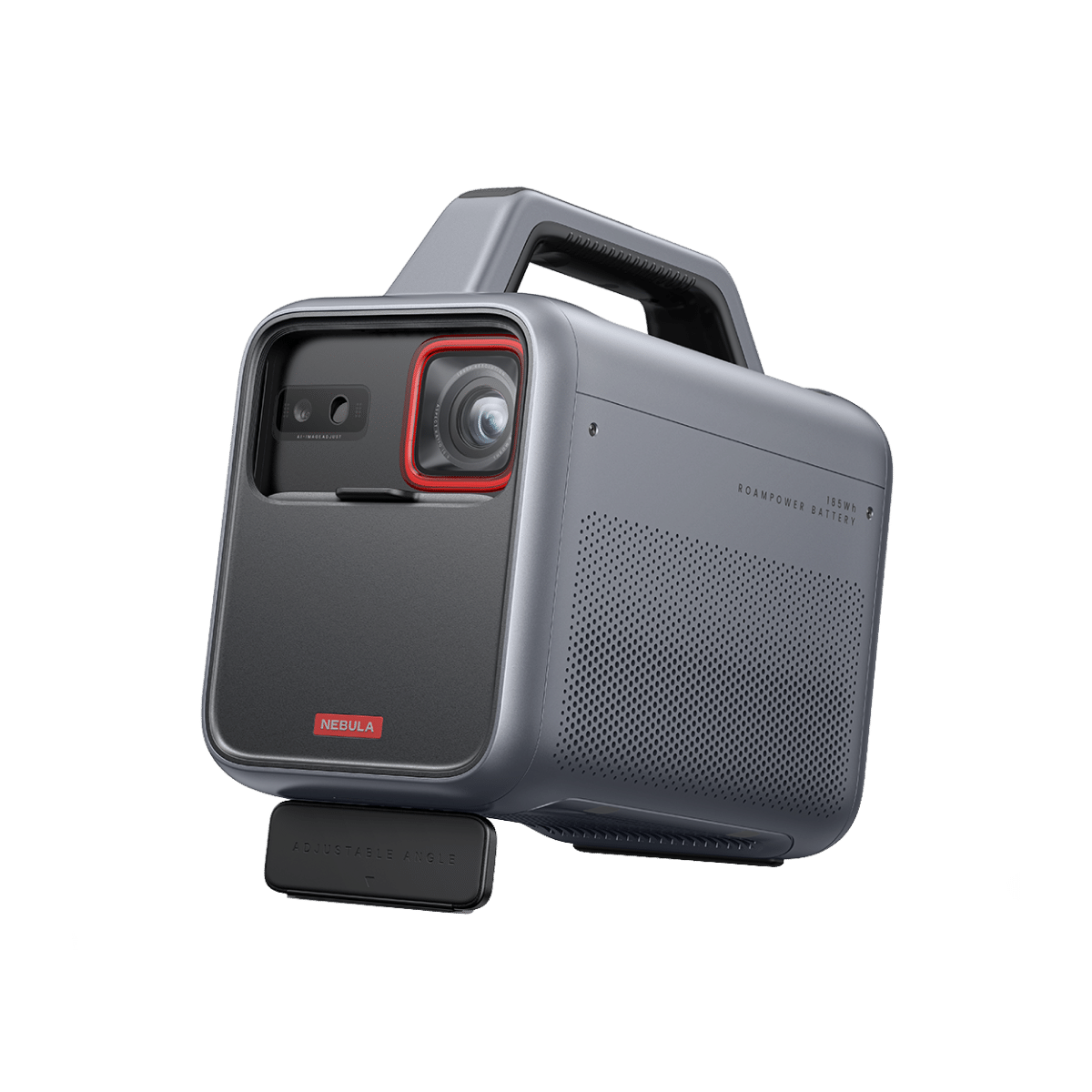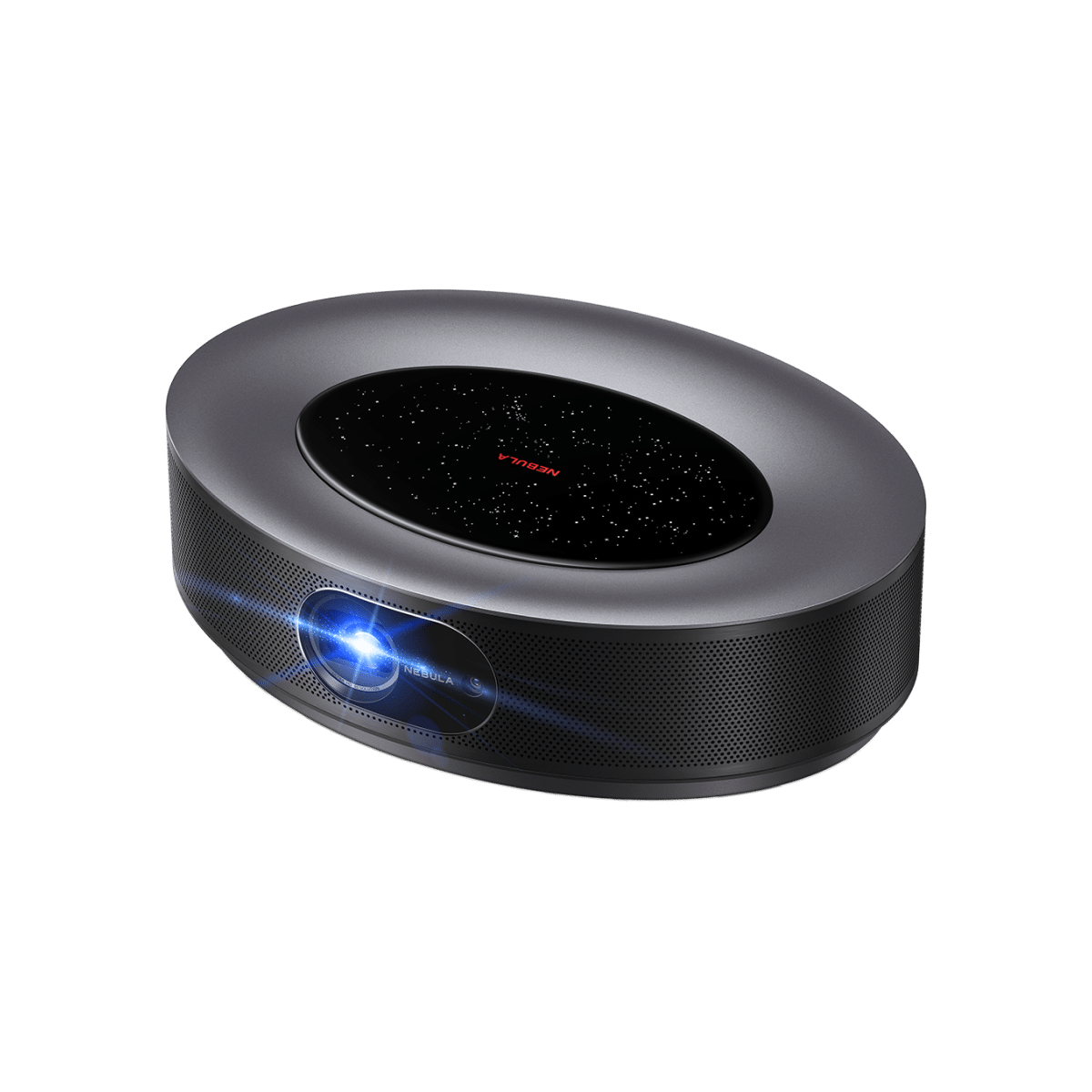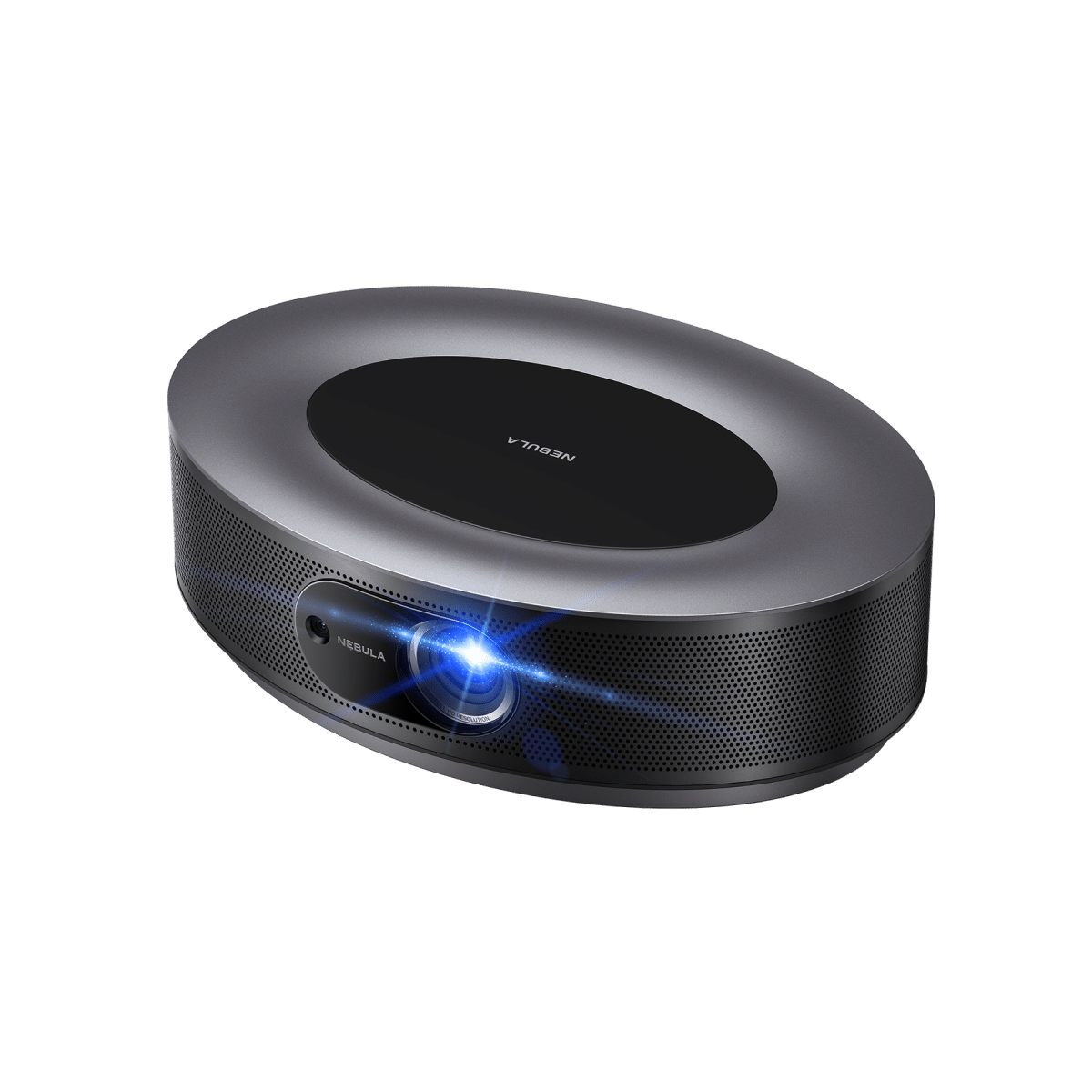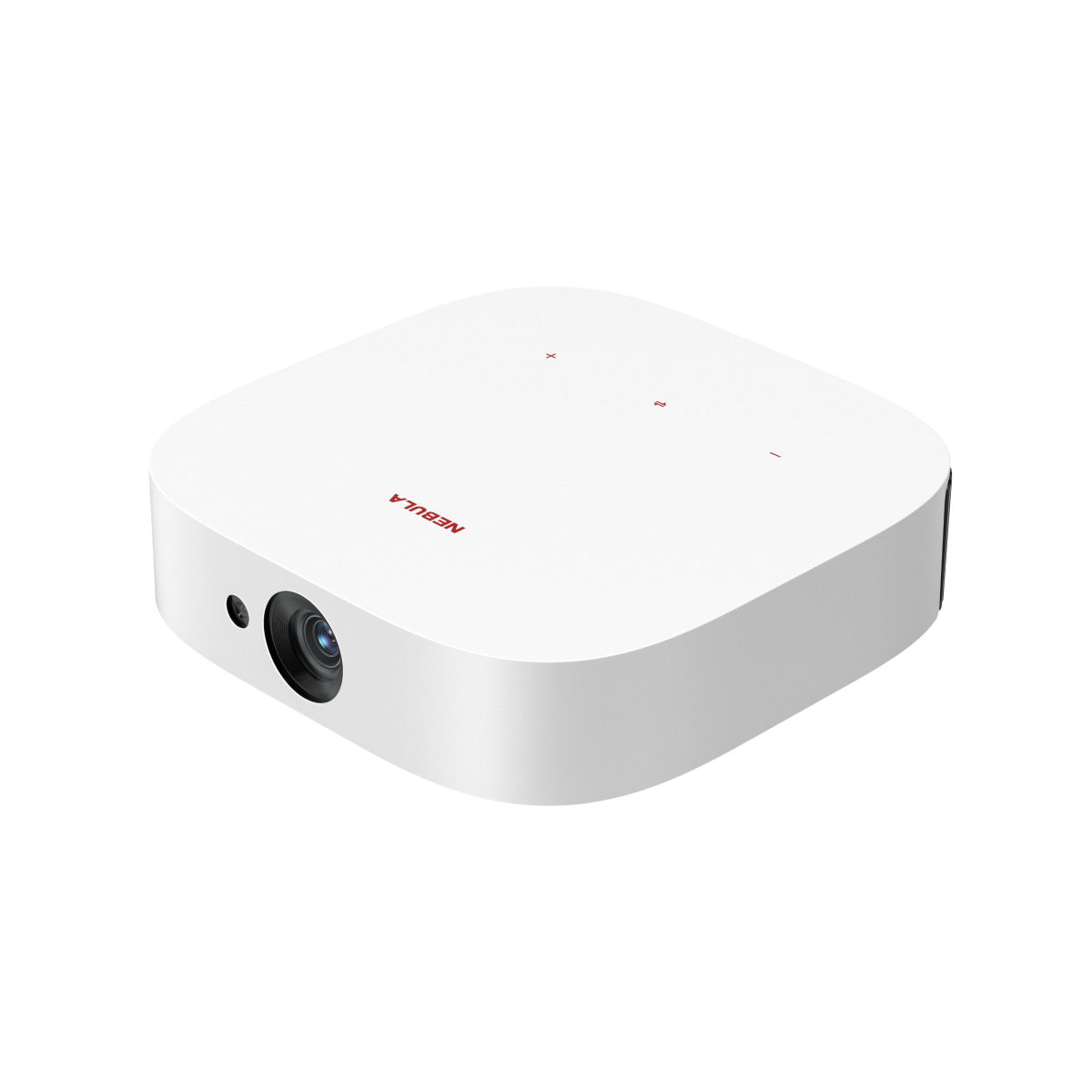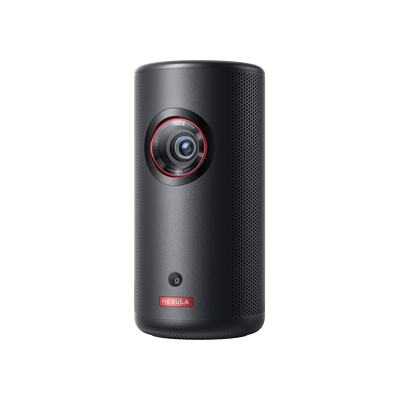In today's technology-driven world, presentations, multimedia content, and educational lessons often rely on larger screens for better visibility and group discussions. Whether you're in a board meeting, a classroom, or even at home wanting to project a movie onto a bigger screen, understanding how to connect a MacBook to a projector becomes essential. This process, while straightforward for some, can be daunting for others, especially given the variety of connection methods available. In this guide, we'll demystify the steps and equip you with the knowledge to seamlessly link your MacBook to a projector, ensuring you're ready to display your content with clarity and confidence.
How to Connect MacBook to Projector via Cables
The most stable method of connecting your MacBook to a projector is through cables. Depending on the age and model of your MacBook and projector, there are a few options available:
How to connect macbook to projector with USB:
- Check Your MacBook and Projector Ports:
Before you start, it's paramount to determine the type of USB port your MacBook (whether it's a MacBook Air, MacBook Pro, or another model) has. This could be USB-A, USB-C, or Thunderbolt 3. Similarly, for a seamless Mac projector connection, identify the USB port on your projector and ensure it's designed to receive video input. Ensure both devices are powered ON for the Mac connecting to projector process.
- Get the Right USB Cable:
Depending on the specific MacBook projector compatibility, you might need a USB-C to USB-C, USB-C to USB-A, or another variant. Remember, connecting a MacBook Air to a projector or a MacBook Pro requires a cable that's attuned to both devices.
- Connect the USB Cable:
Insert one end of the USB cable into your MacBook and the other into the projector.
- Projector Configuration:
Once you're ready to display your Mac screen on the projector, power on your projector and select USB as its input source. If correctly set up, the projector should recognize your MacBook.
- Adjust MacBook Display:
To ensure you're using the projector with a Mac optimally, head to "System Preferences" > "Displays" on your MacBook. The "Mirror Displays" option is ideal if you're looking to replicate your MacBook screen, making it a perfect solution for those wondering how to connect a MacBook to a projector with USB.
How to connect macbook to projector with HDMI:
- Check MacBook Ports:
Confirm if your MacBook has a native HDMI port. If it lacks one, you'll need a suitable adapter, such as a USB-C to HDMI adapter, ensuring a seamless MacBook to projector connection.
- Connect HDMI Cable:
Connect one end of the HDMI cable to your MacBook (or its adapter) and the other to the projector's HDMI input.
- Select Input Source:
Not all Mac compatible projectors auto-detect the connected devices. If yours doesn't, manually switch to the HDMI input. Go to the projector's menu or settings -> select 'Source' -> choose the HDMI port in use.
- Configure Display:
On your MacBook, navigate to Display Preferences (option + F1 shortcut). In Display Settings, select the projector display. Depending on your presentation needs, select from 'Extended Display,' 'Mirror,' or 'Main Display.
How to connect MacBook to projector with VGA connection:
- Check MacBook Ports:
Modern MacBooks do not have a native VGA port. To bridge the gap between macbook pro connection to projector using VGA, you'll need a VGA adapter compatible with your MacBook's port (like USB-C to VGA).
- Connect VGA Cable:
Once you're set with the adapter, connect one end of the VGA cable to the adapter and the other end to the projector's VGA input. This is a fundamental step in understanding how to connect macbook to projector using a VGA connection.
- Select Input Source:
Power on the projector and select the VGA input as the source, ensuring that your mac projector setup is correctly initialized.
- Configure MacBook Display:
On your MacBook, go to "System Preferences" > "Displays." Choose "Mirror Displays" to ensure that your using projector with mac experience mirrors exactly what's on your laptop screen.

Note that if you do not see your projector in the displays area, your Mac isn't automatically detecting it. In this scenario, hold the option key on your keyboard and look for the Detect Display button in the Display Preferences section. Check to see if your projector appears by clicking on it. If not, there could be a problem with your cords or maybe with the mac compatible projectors that you purchased.
How to Connect MacBook to Projector Wirelessly
Wirelessly connecting your MacBook to a projector offers convenience and flexibility, allowing you to share your screen without the hassle of cables. Also, this is more convenient as to connecting macbook air to projector without using any tools. In this section, we will explore three wireless methods: Wi-Fi, screen mirroring, and Chromecast on how to connect macbook air to projector.
Wi-Fi Connection (Using AirPlay):
AirPlay is Apple's proprietary technology allowing you to mirror your screen or extend your display to compatible devices over Wi-Fi. Here's how you can use it with a projector:
- Projector Compatibility:
First and foremost, ensure your projector is AirPlay-compatible and connected to the same Wi-Fi network as your MacBook.
- Connect Wirelessly:
Navigate to "System Preferences" > "Displays" > "AirPlay Display" on your MacBook. Your projector should appear in the list. Select it to initiate the connection.
- Adjust Display Settings:
Once connected, you have the choice to either mirror your MacBook screen or use the projector as an extended display.
- Start Projecting:
With the settings in place, your MacBook's content should now be visible on the projector screen.
Screen mirroring MacBook to projector:
Screen mirroring offers a dynamic way to wirelessly connect your MacBook to a projector. This is particularly useful if your projector supports mirroring protocols like Miracast or AirPlay, even if it doesn't have in-built Wi-Fi capabilities. Follow the steps below:
- Wi-Fi Connection:
Ensure your MacBook and the projector (if it's specifically a projector for MacBook Air or another model) are both connected to the same Wi-Fi network.
- Access Control Centre:
Click on the Control Centre icon, located in the upper right corner of your Mac's screen.
- Choose Screen Mirroring:
If you see the "Screen Mirroring" option, select it. Note: Some older Mac models may not support this feature.
- Select Your Projector:
In the list of available devices, you should spot your projector's name. Click on it.
- Begin Mirroring:
Once selected, your Mac's display should begin mirroring onto the projector within a few seconds.
Chromecast:
Chromecast is a renowned device that enables users to cast or mirror content wirelessly from a MacBook to a projector. It's a favored solution for those seeking an efficient macbook pro connection to projector. The following steps outline this setup:
- Connect Chromecast:
First, slot your Chromecast device into the projector's HDMI port, setting the foundation for a seamless macbook projector experience.
- Download Google Home:
If it's not already on your MacBook, fetch the Google Home app from the App Store. This is essential for the mac connecting to projector process.
- Set Up Chromecast:
Launch the Google Home app and adhere to the on-screen guidance to establish your Chromecast. Ensure both devices are connected to the same Wi-Fi network.
- Begin Casting:
With Chromecast configured, navigate to the Google Home app on your MacBook, locate and select your Chromecast device, and then opt for "Cast My Screen" to mirror your content.
- Direct App Casting:
It's worth noting that specific apps, like YouTube and Netflix, incorporate inherent Chromecast functionality. Such a feature facilitates users to directly cast content, enhancing the how to connect macbook to projector wireless experience.
By following these wireless methods—Wi-Fi, screen mirroring, and Chromecast—you can easily connect your MacBook to a projector without the need for cables. Choose the method that best suits your equipment and enjoy the freedom of wireless projection for presentations, movies, and more.
Conclusion
Connecting your MacBook to a projector can be achieved through various methods, whether using cables like USB, HDMI, or VGA, or going wireless via Wi-Fi, screen mirroring, or Chromecast. In this article, you have learned the easiest methods on how to connect macbook to projector that will not take up much of your time.
Choose the method that suits your equipment and preferences best to enjoy seamless projection from your MacBook.
Frequently asked Questions
Why Is My MacBook Not Displaying on The Projector?
Several factors can contribute to this issue:
- Compatibility: Ensure your MacBook and projector are compatible.
- Cable/Adapter: Check your cable or adapter for damage.
- Input Source: Verify you've selected the correct input source on the projector.
- Display Settings: Check your MacBook's display settings for mirroring.
Can A MacBook Air Run a Projector?
Yes, a MacBook Air can run a projector. You may need theappropriate cable or
adapter, depending on the MacBook Air model and the projeector's input ports
